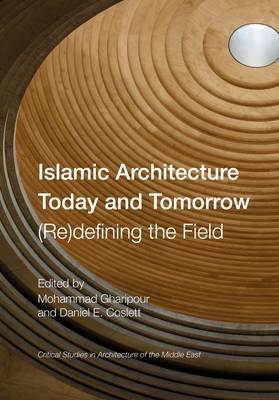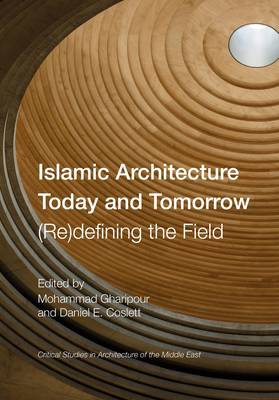
- Retrait gratuit dans votre magasin Club
- 7.000.000 titres dans notre catalogue
- Payer en toute sécurité
- Toujours un magasin près de chez vous
- Retrait gratuit dans votre magasin Club
- 7.000.000 titres dans notre catalogue
- Payer en toute sécurité
- Toujours un magasin près de chez vous
Islamic Architecture Today and Tomorrow
(Re)Defining the Field
206,95 €
+ 413 points
Description
A comprehensive introduction for scholars and practitioners to the state of Islamic architecture as a field of inquiry and a snapshot of the issues and challenges facing the field today. This book brings together established experts, designers, and emerging scholars from the broad world of Islamic architecture to consider the field's changing nature and continued relevance in our rapidly globalizing context. Reflective essays address the meaning of "Islamic" in built environments, as well as the geographical, chronological, and disciplinary diversity of a dynamic field of study that encompasses far more than medieval mosques and tombs. Essays address the use and interpretation of historic structures and spaces; contemporary design, conservation, and touristic experience; and research, publication, and pedagogical practices. Looking forward, the volume invites readers to consider built environments in Islamic contexts as integral to global systems from an interdisciplinary and inclusive standpoint. While this volume offers nuanced perspectives on a host of pressing questions, it ultimately aims to advance a necessary and ongoing conversation. The book will have wide appeal among architectural historians, art historians, and other scholars working on material in the traditional Islamic regions of the world (North Africa, the Middle East, and South Asia) and beyond, as well as scholars of religion and society.
Spécifications
Parties prenantes
- Editeur:
Contenu
- Nombre de pages :
- 488
- Langue:
- Anglais
- Collection :
Caractéristiques
- EAN:
- 9781789386042
- Date de parution :
- 06-10-22
- Format:
- Livre relié
- Format numérique:
- Genaaid
- Dimensions :
- 174 mm x 232 mm
- Poids :
- 1179 g






